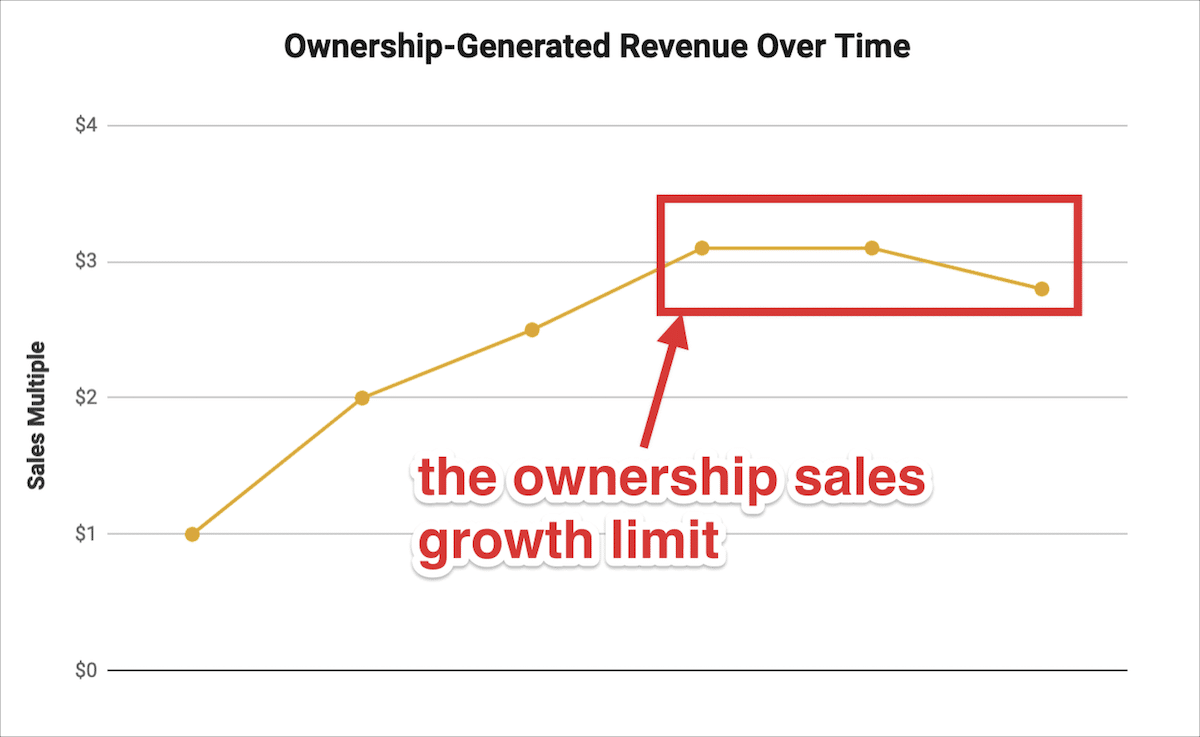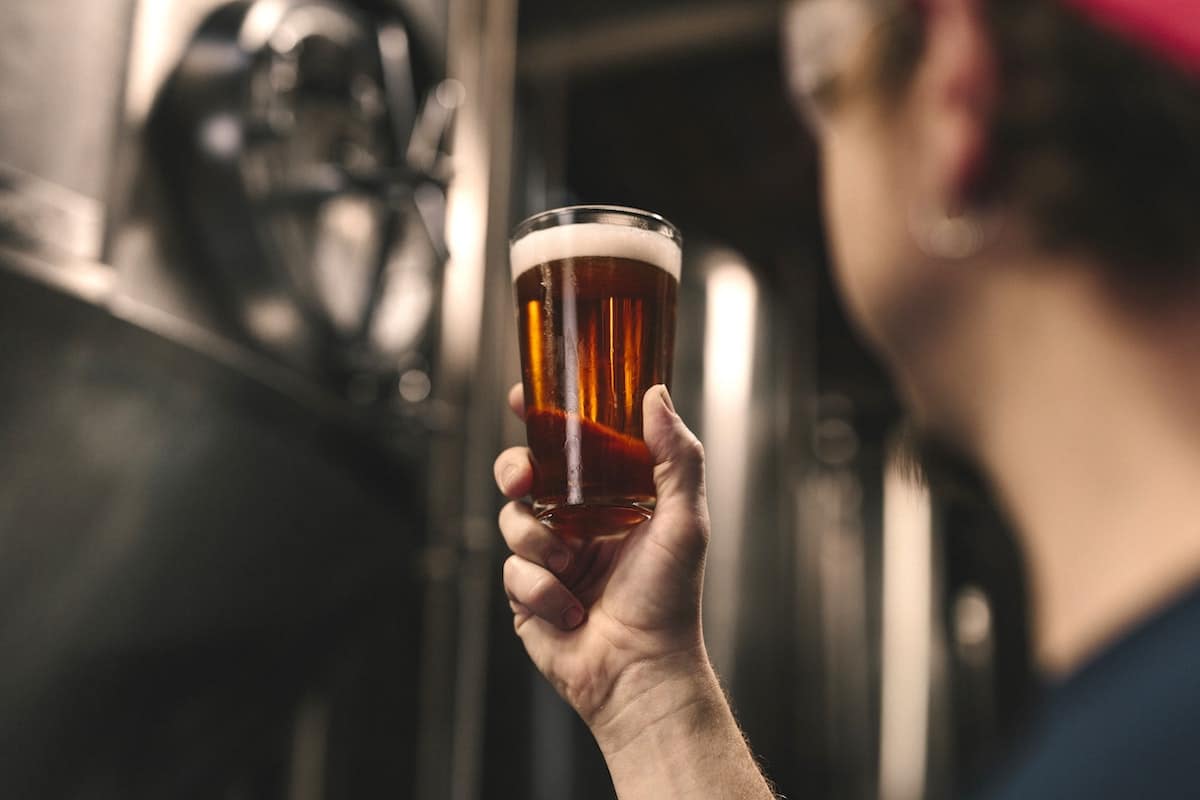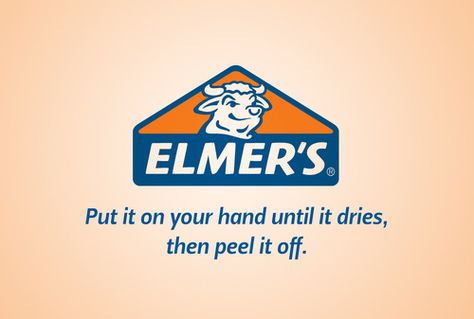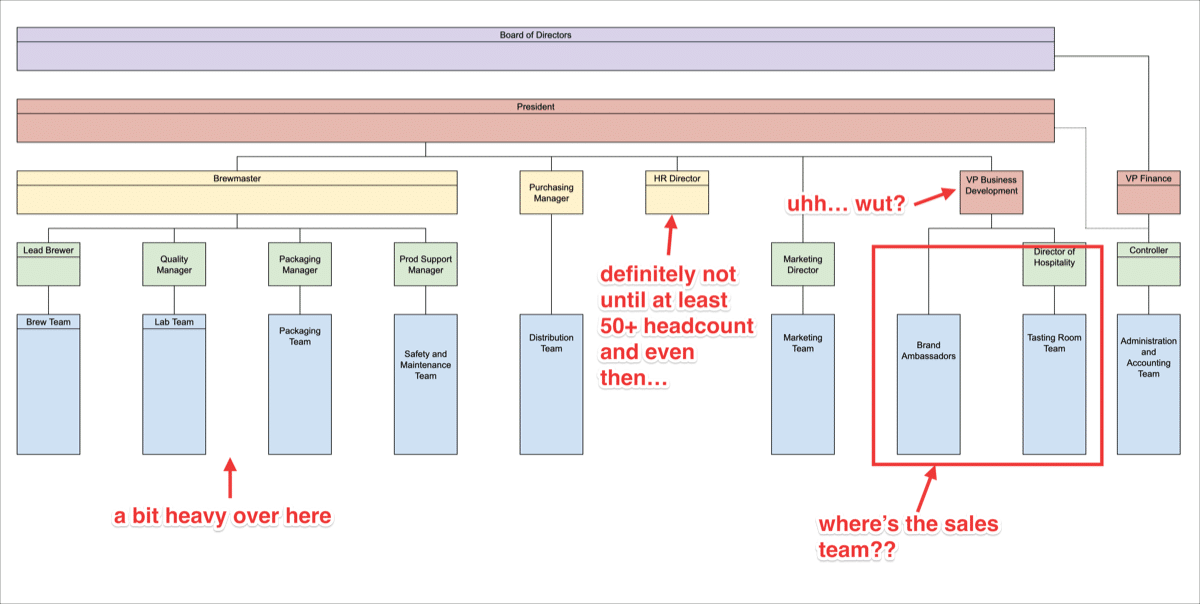To kick off Part 2 of the Ownership Bottleneck Series, let’s start with the brewery organizational chart I was a proponent of back in 2012.
It’s solid, and the right intent was there…
But much has evolved since its inception.
Primarily, my own experience with high-performance brewery leadership teams.
A few things that were off:
- For starters, this is a “reach” chart for breweries producing >20k BBL per year. Most are not even close to this volume, and it’s not all that clear how this model scales down.
- Uhh hello sales team? Where are you? Way more emphasis needs to be made on sales and taproom teams. In fact the whole chart leans too heavy to the left (production).
- VP of Business Development… Yikes, what was I thinking?
- HR Director… the last of the last hires. Ever.
- And a biggie: It’s not just about the “right seats” it’s also about the “right people.” Which means that it ain’t all about the chart.
Looking back, I was trying to create too much “polish” when I built this. Instead, I propose a different angle.
Is there a perfect brewery organizational chart?
No.
But there are a few key positions that you must retain and grow within the brewery if you want to scale… and not run yourself ragged in the process.
The Option Forward Brewing Team
Here we’ll look at those critical positions that make up what we’re calling the Option Forward Brewing Team.
In short, this means that while the foundation is there, the team remains nimble and ready for the inevitable pivots as the brewery makes forward progress.
Specifically:
- The key seats are defined, but the scope and accountabilities can flex with the needs of the brewery. Also, one person can fill multiple seats early on so it’s scalable as your brewery grows.
- Lines of reporting define accountabilities but NOT lines of communication. Formally running things up and down the chain of command is too slow. Instead, if everyone knows who is responsible for what, let the communication flow freely.
- Getting the right people on board is prioritized just as highly as getting the right seats defined. Hiring and performance evaluation is tied directly to the brewery’s culture. To move forward, all of the “arrows” need to be pointed in the right direction.
In the end, the goal of the org chart is to define the highest and best use of your leadership team.
And while each brewery is different, the underlying principles remain constant.
Now let’s address the imbalance in the old chart and place the focus on the revenue generators: the Director of Sales and the Taproom Manager.
Brewery Organizational Chart Key Ingredient #1: The Revenue Generators
In the early days, you (the ownership) were the chief revenue generator(s).
You evangelized the product.
You built traction with your customers.
You landed the initial accounts.
So it only makes sense that the business grew in tandem with your wins in this department.
But there comes a day when that inverts… where the founder’s role as “rainmaker” prevents growth instead of facilitates growth.

That day may well be today.
There’s a duo within your brewery ready to take the reins on revenue, and remove that load off of your shoulders.
I’m of course referring to the Director of Sales and Taproom Manager pairing.
And they hold the key to your external and internal sales future.
The Director of Sales
Your Director of Sales is your sales team lifeline and the reliable, proven revenue generator for the brewery that the ownership has confidence in.
The Right Seat:
- Set, manage, and execute on the outside sales targets and objectives in alignment with the ownership’s expectations.
- Build out the sales team, set targets for reps, and hold them accountable.
- Build excellent relationships with distributors to ensure fulfillment (yes, fulfilling orders is a serious gap right now for breweries).
The Right Person:
- A proven brewery sales track record.
- Communication, organization, and relationship-building superpowers.
- The ability to motivate and educate younger reps and while also diving deep into the numbers with owners.
The Taproom Manager
Where the DOS takes the revenue load off of your shoulders, the Taproom Manager brings life to the internal culture and creates the profit you need to support continued operation and growth.
The Right Seat:
- Set, manage, and execute on the taproom sales targets and objectives in alignment with the ownership’s expectations. This includes training and keeping up the morale of the staff by setting standards and making sure those standards are maintained.
- Uphold the brewery’s culture and make the taproom the center attraction for customers through exceptional, memorable experiences.
- We’ve covered this before, but it’s worth mentioning again: a great manager will significantly out-perform their salary in taproom revenues.
The Right Person:
- A strong customer service orientation.
- The ability to corral, manage, and train/discipline staff.
- A deep believer in the vision of the brewery capable of evangelizing the product and mission.
Your job?
Establish these roles within the brewery organizational chart.
Hand off the high-level targets.
Give them the parameters and the support they need to get the job done.
Hold them responsible each week.
Get this distro/taproom pairing right and you’re off to the races.
Now you just need to uphold those promises to the market. That’s where the next role comes in.
P.S. For more on the Right Seats and Right People combination, check out The People Component chapter from Gino Wickman’s Traction.
Org Chart Key Ingredient #2: The Product Protector
protect [ pruh-tekt ]
verb (used with object)
to defend or guard from attack, invasion, loss, annoyance, insult, etc.; cover or shield from injury or danger. (via dictionary.com)
Most people think the head brewer is the chef.
I disagree.
Yes, the brewer creates the recipe, tests it, and scales it… But is QA/QC who is responsible for making sure it is suitable for sale.
They protect the product.
They protect the consumer.
They protect the brand.

Big picture here:
You are creating a product that other humans are ingesting. This isn’t a tax return or froyo. It’s all you, creating it from scratch. Let that sink in for a minute.
The QA/QC Manager
The QA/QA Manager is your product protector, your in-house insurance policy, and your customer’s key line of defense. In other words, it’s a critical role for the brewery.
The Right Seat:
- Ensure safety for the end consumer.
- Act as a check and balance to the brewing team.
- Build out and execute a program to maintain a high-quality sustainable product.
The Right Person:
- Detailed, organized, and nitpicky.
- A deep love for the liquid and the mission.
- An independent thinker capable of sticking to their guns during disagreement.
Oh and by the way, a great QA/QC role will pay for themselves by introducing a yeast program to the brewery.
Those fresh pitches are expensive!
Brewery Organizational Chart Key Ingredient #3: The Creative
I’m not going to say much about your Head Brewer (Brewmaster) because they’ve probably been there since the beginning.
What I will say is that they are probably stuck in a rut, brewing the same beers over and over.
I also see amazing brewers that are terrible managers.
And both of these issues can slowly eat away at what got you here in the first place: delicious, experience-driven beer.
So let’s talk a different angle.
The Option Forward Brewing Team doesn’t only mean that you maintain the necessary flexibility to keep making productive forward progress… It’s also a fancy way to say:
Don’t let the creativity die in the brewery.
Here’s an analogy.
The Brewmaster is essentially a Creative Director.

They see the vision and make it come to life.
They do the 2 + 2 = 5 math.
They’re responsible for pushing the limits.
And just like in the agency world, when the Creative Director either rests on their laurels, or departs for greener pastures, that’s when the decline starts (uh oh Apple).
That’s when things start to feel stale and tired.
That’s when the excitement leaves the brewhouse.
Your core beers have gotten you to where you are today. But they came about through that initial spark of creation, which is also what builds excitement in the taproom, anticipation for new releases, and something for distributors to keep digging their teeth into.
The Point: The head brewer may be okay with coasting on past success, but up and coming production staff will not be. Keep that free-flowing spirit alive and well. And if they’re not up to the task, find someone who is.
And finally, we’ll close out with the most overlooked (and potentially most important) role in the brewery.
Org Chart Key Ingredient #4: The Glue
Let’s talk about glue for a minute.
Yup, we’re goin there.
Specifically, let’s analyze why in the world my children are so infatuated with covering their extremities with Elmer’s glue…
Only to spend the next 3 hours in quiet concentration as they slowly peel it all off after it dries.
Why is this a thing?

My theory is this:
Elmer’s isn’t even really glue. I think you’d more readily characterize it as some mildly sticky stuff that can barely hold together two pieces of 8.5 x 11 on a good day.
And so kids can go to town with it… dipping their toe into the, “Holy crap I have the power to stick stuff together!” arena, without the risk of permanently attaching their palms together.
Super Glue on the other hand… That’s some risky business in the “Whoops gotta go to the emergency room” department.
Why?
Because it’s really damn good at holding shit together.
Which brings us full circle on our meandering tangent.
The difference between trying to keep everything held together on your own vs. having an ace Director of Operations on board…
Is just like the difference between Elmer’s and Super Glue.
The former is barely keeping the whole mess from falling apart at any moment, constantly re-applying and waiting for it to dry… but always at risk.
The latter holds it together tight, even through the most trying of circumstances.
It’s one of the most overlooked positions at the brewery, and arguably one of the most important.
Here’s what’s up.
The Director of Operations
Production makes the product, blindly keeping up with demand while trying to remain creative. Sales is looking to sell, mostly low hanging fruit, as much as production will give them. And when the two come into contact, things can get messy, fast.
The Director of Operations is the mediator, the glue, and the do-er all wrapped in one.
The Right Seat:
- Ensure each piece of the brewery communicates and aligns around the mission. This includes all department meetings as well as cross-department communication of inventory, sales, and issues.
- Manage brew and pack schedules and schedule the production staff. In some cases, they’re even doing the raw materials and packaging ordering.
- Crush barriers. Remove obstacles. Build discipline and process into the brewery’s day-to-day.
The Right Person:
- Years of experience in production and packaging.
- Come from the brewing industry and understand the brewing process.
- Thrive on keeping the trains moving on time, resolving issues, and generally receiving zero outward recognition for the crucial, yet often invisible work they do.
Sound like a big pile of headache you’re ready to hand off?
There’s someone out there for you ready to eat it up.
Get Your Org Chart In Order
Now, what we’ve covered this week doesn’t at all seem like it would fall under the purview of the finance department.
Building the right team feels “soft.”
Intangible.
Guided by the owner’s preferences and gut feel.
But in reality, the financial performance of the brewery is directly tied to the performance of the team.
It may sound Jocko-esque, but ultimately every problem is a leadership problem. And every leadership problem comes as a result of the leadership team you’ve built (or neglected to build).
A great decision or a poor decision made.
An exceptional performance or a ball dropped.
A cultural upswing or a demoralizing string of events.
And that means that the numbers are in fact inextricably linked to the team, your ability to delegate and hold them accountable, and their ability to execute.
So it shouldn’t come as a surprise then that we regularly advise our clients on team-building:
- How to structure the roles within the brewery and hold the team accountable.
- How to build process and hand off responsibility without loss in momentum.
- What the right next hire should be and where to look.
All of which are decisions that can have dramatic impacts on profitability, growth, and risk-reduction.
If this is a gap, we can help.
And you can schedule a call with me to start that process right here.
In Part 4 we get into the hard stuff: holding yourself and your team accountable.
Up for the task?
See you there.
P.S. Much of our thinking around team and accountability is based on Traction and EOS. In addition to our core Numbers-Powered Growth process, we also offer a full business system facilitation service that helps brewery teams go from 0 to 60 with EOS to drive these objectives forward. If you end up scheduling a time to chat make sure to bring this up if you’re interested.
